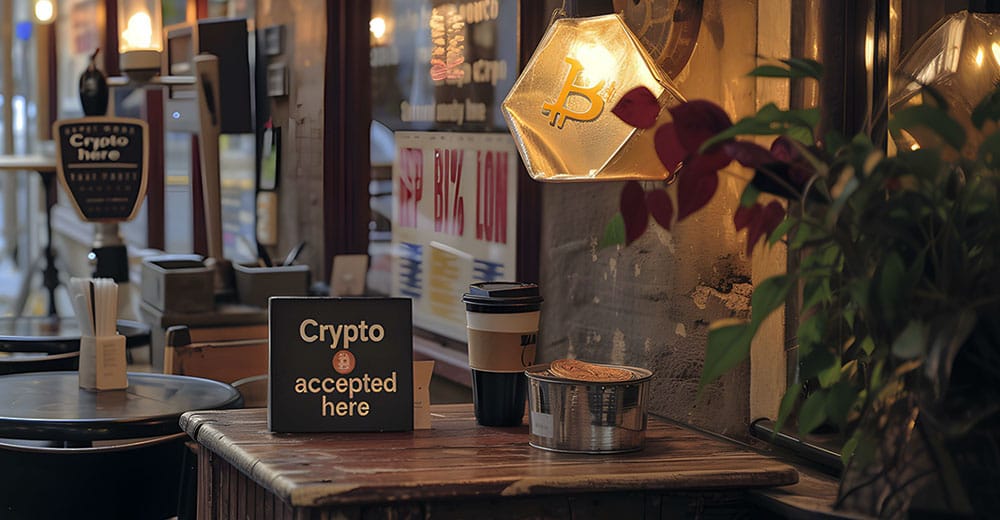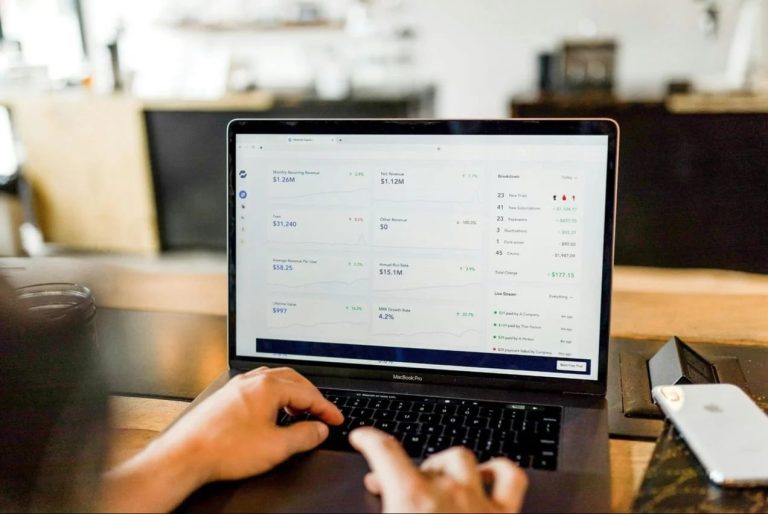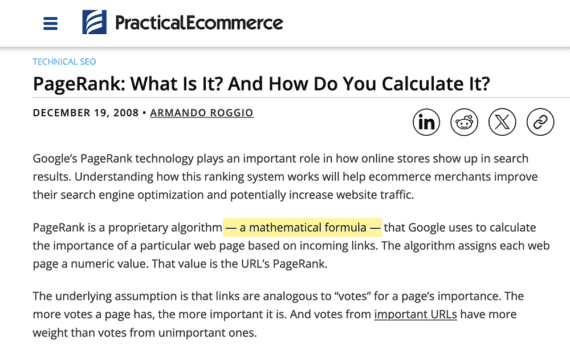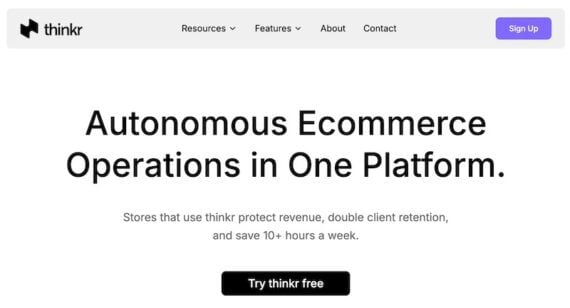
Aside from stories of the grand ransacking of exchanges and dodgy business dealings of shady entrepreneurs, cryptocurrency has been largely off the mainstream radar, but that could be about to change.
Crypto ownership is gaining popularity, driving consumer desire to use it to pay for goods and services. According to the 2025 State of Crypto Holders Report by the National Cryptocurrency Association, owning crypto has become surprisingly normal. “Far from an elite audience, 21%, or one in five American adults — roughly 55 million people — own at least some crypto,” the report noted.
The report also found that a surprising number of people are using crypto as currency. It found that 39% of all crypto holders reported using it to shop for goods and services; of these, 96% did so at least once a year.
Meanwhile, a Capital One survey released at the end of 2024 unearthed a strong desire by consumers to buy goods with crypto. Nearly two-thirds of consumers (65%) say they would like to be able to make payments with cryptocurrency, with 80% of them saying they’re interested in using crypto to purchase daily retail consumer goods, according to the survey.
It also revealed that 55% of crypto-owning consumers would choose an e-commerce store that accepts cryptocurrency over a comparable online retailer that does not.
“Cryptocurrencies are here to stay,” said Shane Rodgers, Advisor to PDX GlobalPay, developer of the PDX Beam crypto payment platform. “Those retailers who get on board now with a cost-effective crypto conversion platform will reap the benefits of early adopters.”
“In a highly competitive retail environment, they will have a distinctive differentiation for their brand that will enable them to pull in more customers while also retaining the loyalty of the existing customer base by providing flexible payment solutions,” he told the E-Commerce Times.
More Customers, Fatter Wallets
Rodgers’ message appears to be catching on with retailers. According to Capital One, 75% of merchants plan to accept cryptocurrency in the next 24 months, although 48% of businesses say they have no plans to accept digital dough in the future.
Currently, cryptocurrency as a payment method has only a small market share — only 2%, according to Capital One — but retailers that embrace crypto can expect to attract new customers who spend more. Two out of five customers (40%) who pay with cryptocurrency are new to a retailer, Capital One reported, and customers who use crypto to pay have purchase amounts twice that of credit card users.
Despite the promise of new customers who spend more, some retailers remain skeptical of cryptocurrency technology. “One of the primary barriers is the perceived complexity of integrating cryptocurrency payments into existing systems,” said Chantelle Borrelli, head of communications at DMG Blockchain Solutions, a blockchain and cryptocurrency company, in Delta, British Columbia, Canada.
“Retailers often worry about volatility, regulatory uncertainty, and the technical knowledge required to manage digital assets,” she told the E-Commerce Times.
Borrelli added that volatility can also make refunds or disputes harder to resolve due to the irreversible nature of blockchain transactions.
Once a transaction is confirmed and added to the blockchain, it becomes part of a decentralized ledger. This ledger is maintained by a network of nodes, and altering it would require consensus from the majority of these nodes, which is practically impossible. Also, each block in the blockchain is linked to the previous one through cryptographic hashes. Changing a transaction would require altering all subsequent blocks, which is computationally infeasible.
On the other hand, Borrelli pointed out, “Cryptocurrency offers faster settlement times, lower fees compared to some traditional payment methods, and access to a growing base of global, tech-forward consumers.”
Simplifying Crypto for Retailers
To make the acceptance of crypto more attractive to retailers, Rodgers recommended that crypto conversion platforms avoid using banking and credit card systems, which charge hefty fees for merchants operating on low margins. “This is why smaller mom-and-pop shops have turned to charging customers a three to four percent fee for using credit cards,” he said. “Larger organizations build those charges into general pricing.”
“A crypto conversion payment platform must be based on an alternate payment rail, like the blockchain,” he noted. “Otherwise, we’re back to cumbersome conversion solutions that involve high fees, a multi-day settlement process, and more fraud risk.”
Rodgers also warned that a platform can’t be a proprietary solution. “Crypto conversion payment platforms that only integrate with a certain POS [point of sale system] create a captive market that can trap the merchant if he or she decides to make a shift,” he explained. “What’s needed is an open system.”
In addition, he argued that merchants cannot be mandated to hold crypto accounts. “Some retailers have opened crypto accounts so they can accept cryptocurrency,” he said. “However, the crypto scene is indeed volatile, and the risk should stay with the crypto-holder/consumer, not the merchant.”
“This means that crypto-to-local currency conversion offers the most promising solution,” he reasoned.
From Niche to Expected Option
Rodgers’ company has developed a crypto payment gateway, PDX Beam, which works with any POS and uses a blockchain network to convert crypto to fiat. “We can pay the merchant instantly in cash,” he said. “We handle all the crypto-associated risks on our side. The merchant neither knows nor cares that you’re paying with crypto. This is the beauty of our product. We mediate the crypto risk from the settlement risk.”
“You’ll be able to use PDX Beam like a cash debit card, except on the merchant side,” he added. “They’re going to pay half the fees they are paying now, and instead of waiting anywhere from two to four days for settlement, they’re going to have cash settlements in a day, if not instantly.”
Currently, credit card processing fees, also known as interchange fees, can range from one to three percent or more per transaction, which can be particularly onerous for small businesses with thin margins.
In the coming years, Borrelli sees a bright future for digital money. “Over the next decade, cryptocurrency will move from a niche payment method to an expected option for consumers globally,” she said.





